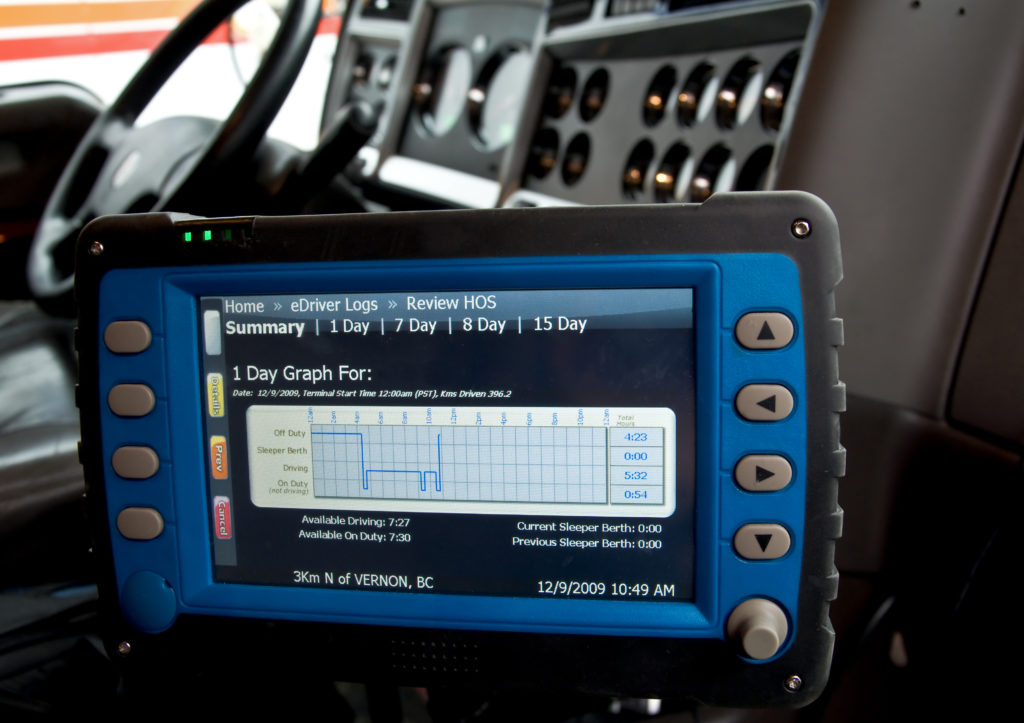
Rear impact guards are now likely to be required on the list of annual inspections for motor carriers and roadside inspectors following the Federal Motor Carrier Safety Administration’s new proposed rule amendment.
The recent proposal was published in the Federal Register and could add the checking of truck rear underride guards to the overall commercial motor vehicle inspection process. As of right now, some Commercial Vehicle Safety Alliance inspectors do not give a truck driver a citation if they find a damaged or loose rear guard, although motor carriers are still required to maintain their underride guards properly.
If the regulation change does indeed become a final rule, “then we obviously will inspect [underride guards] as well,” said CVSA executive director, Collin Mooney. “We’ll be taking a closer look at underride guards.”
What has happened up until now regarding underride guard inspections is that the decision to give a citation for a truck driver’s damaged underride guard has been up to the discretion of the inspectors themselves. “But you really don’t want rules to be subjective,” Mooney said. “You want them to be pretty black and white.”
FMCSA reassured that the adjusted requirement won’t have any major effects on the majority of motor carriers, as must trucks and trailers have been required to have underride guards installed–guards that are able withstand the impact of a crash and prevent a passenger vehicle from sliding underneath a truck–since 1952.
Regardless, in a federal government watchdog study conducted in 2019, analysts recommended to federal regulators that they make a serious effort to conduct better research regarding underride guard crashes and share more information in regards to underride accidents with police departments.
“Although reported underride crash fatalities represent a small percentage of total traffic fatalities, they present a greater risk of fatalities or serious injuries,” said the U.S. Government Accountability Office in its April 2019 report.
The study found that 5.4% of all truck involved crash fatalities each year between 2008 and 2017 were underride crashes–coming out to an average of 219 underride-involved crashes each year within that time period.
“While the [federal regulations] have required rear impact guards for more than 65 years, they are not included on the list of components in Appendix G that must be inspected during the annual CMV inspections,” said FMCSA in its proposal. “This means that a vehicle can pass an annual inspection with a missing or damaged rear impact guard.” All vehicle parts that require inspections are identified in the regulatory provision of Appendix G.
Throughout the year of 2017, inspectors within the North American Standard Inspection Program found more than 2,300 rear impact guard or rear end protection-related violations–more than half of these violations cited missing, damaged, or improperly constructed components, according to FMCSA’s Analysis and Information Online data.
The North American Standard Inspection Program inspects vehicles roadside to assess their rear impact guards and rear end protection.
According to FMCSA, rear-end collision fatalities and injuries can be significantly avoided if compliance is ensured by including rear impact guard and rear end protection in regular inspection requirements. The hope is that more attention will be brought to the major safety concern regarding underride guard safety and that vehicles will be checked at least once a year for this new requirement.
“Including rear impact guards and rear end protection in the periodic annual inspection standards will harmonize U.S. regulations with those in Canada and Mexico, which include rear impact guards and rear end protection as part of their annual inspection programs,” said FMCSA in its proposal.
The current lack of annual inspection for rear impact guards has a large effect on the safety of all drivers and negatively impacts FMCSA’s overarching goal to keep American roads safe, concluded GAO in its study.
“Without explicitly including the inspection of the rear guard in Appendix G, there is no assurance that rear guards in operation will be inspected at least annually to ensure they perform as designed to prevent or mitigate an underride crash,” it said.




